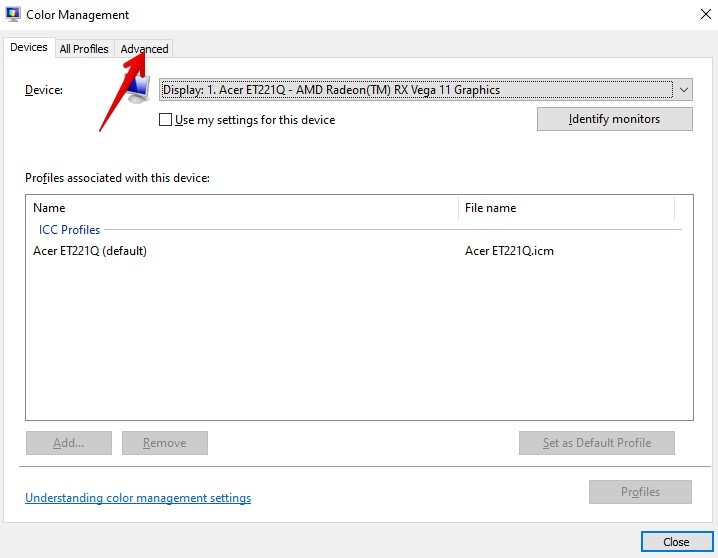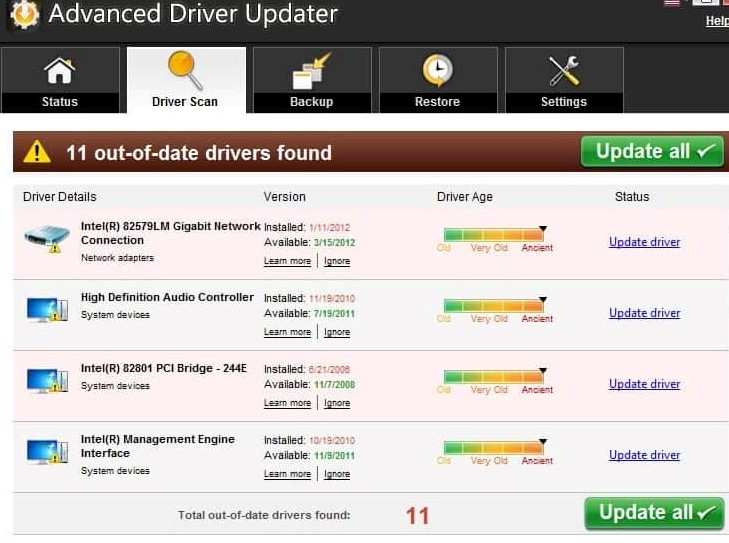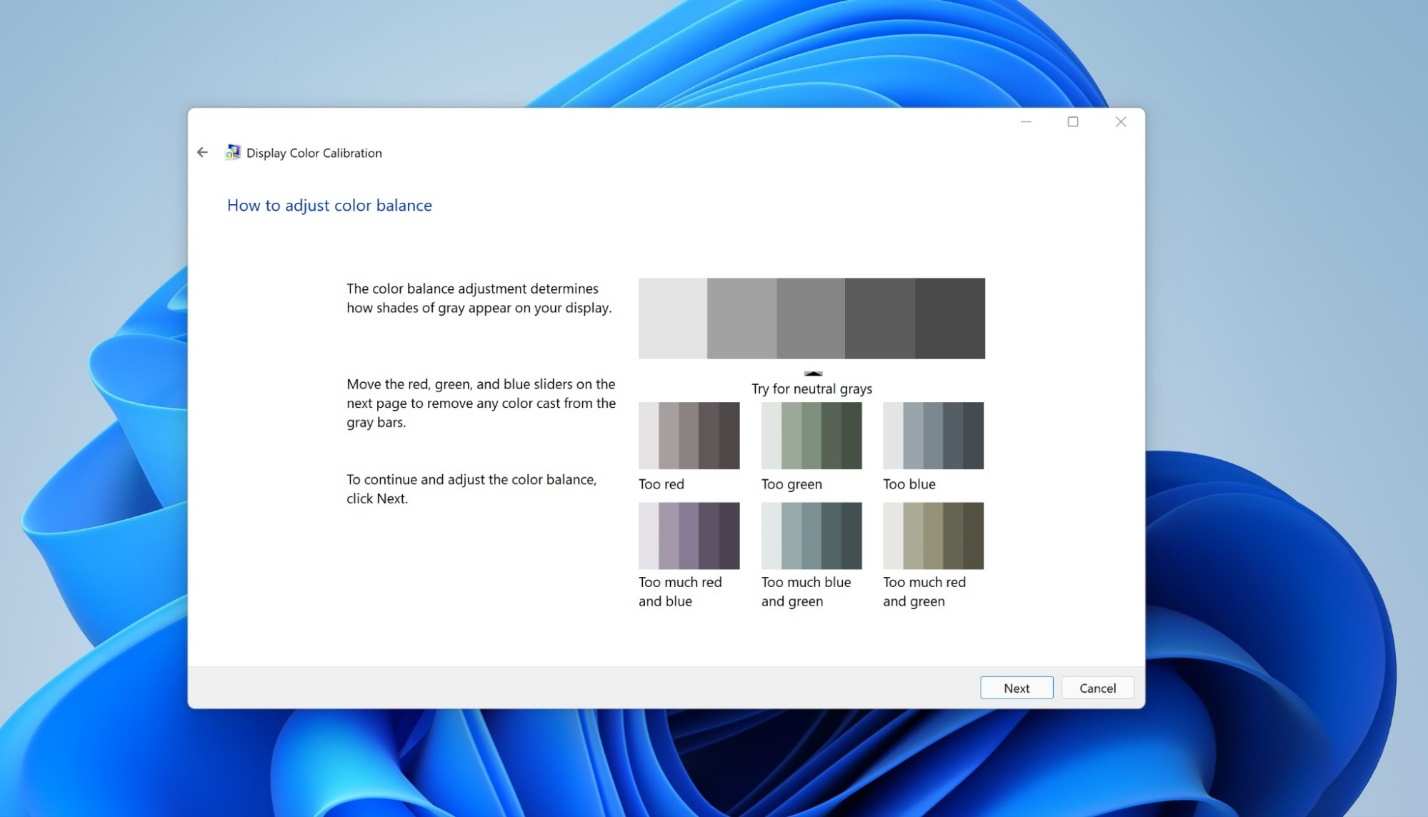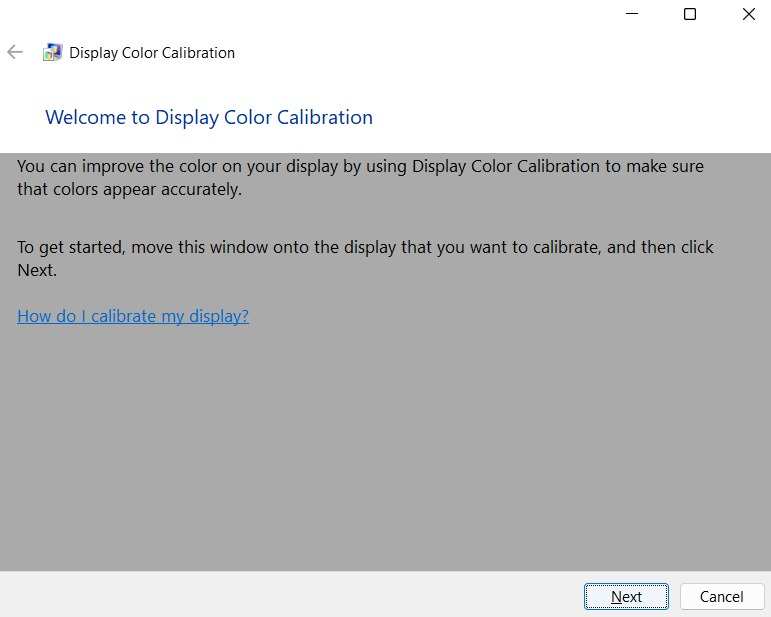Are you tired of your Windows 11 laptop screen’s enduring yellow tint? Fear not—we’ve put together five workable fixes to help you say goodbye to this vexing issue. You may restore the original colors of your screen by following these procedures, which include updating display drivers and modifying Night Light settings.
Contents
Configure Night Light Settings on Windows
By changing the color temperature of your screen, Night Light is an amazing function that helps lessen eye strain. But occasionally, it can result in an undesirable yellow tint. To fix this, just take these easy steps:
- Clicking the network, sound, or battery symbol in the in the taskbar will levitate the Quick Settings panel.
- To turn off the night light, click on the tile.
- Go on to the following troubleshooting procedures if the yellowish hue doesn’t go away.
Check The Screen For Damage
A persistent yellow tint or other aberrant color display can be caused by physical damage to your laptop’s screen. Check your device for any damage, and if any is discovered, get in touch with the manufacturer or an approved service provider for quick repairs. If there are no damages to your laptop, you should keep looking to the next solution.
Set a new Color Profile
Windows gives you the option to change the color profile of your display. To change to a new color profile and maybe get rid of the yellow tint, follow these steps:
- Left-click on the Start Menu and typing “Color Management.”
- Make sure the appropriate display is chosen.
- “Use my settings for this device” should be checked.
- Select the sRGB Virtual Device Model Profile by clicking “Add,” then click “OK.”
- Exit the settings and make the new profile the default.
Rest Color Profile To Default
In the event that adjusting the color profile is ineffective, think about returning all color management settings to their original state:
- Hit the Windows shortcut “Win” + “R” to open Run Command.

- Type “colorcpl” and hit Enter to launch the Color Management option.
- From the menu options, select “Advanced”.

- With the drop-down menus, select “System default” for every configuration.
- To make the changes take effect, click “Close”.
Update your Display and Graphic Drivers
The yellow tint issue is one of the screen-related problems that can be caused by outdated graphics drivers. While manually updating drivers can be difficult, the procedure is made simpler by utilizing Advanced Driver Updater:

- Install Advanced Driver Updater by searching for it online and downloading it.
- Allow the utility to locate out-of-date drivers and download updates from dependable sources.
- To easily upgrade your graphics and display drivers, simply follow the prompts.
Pro Tip: Calibrate Display Color option
If none of the ways of fixing yellow tint is working for you, it’s time to get your hands dirty. Every Windows 11 laptop has some sort of option where you can calibrate the display colors. This inbuilt option is typically named “Calibrate Display Color”. So how do you get to it?

- Search for Calibrate Display in the start menu and enter the first result.
- After entering the Display options, you will something like the picture shown below.
- Go to the “Next” button at the bottom and you will go into fullscreen.

- Keep clicking “Next” until you get to the Gamma settings. Adjust the gamma according to your taste.
- The next option is Brightness and Contrast which has nothing to do with the Yellow Tint issue so you can skip that.
- When you get to manual RGB settings, configure the slides until you remove the yellow tint effect completely. (You can also compare your previous display calibration to the current one).
- Click on “Finish” to confirm the color calibration of your display.
Conclusion
Your Windows 11 laptop screen may have a yellow tinge, which can be annoying, but these five fixes can help you get the true and vivid colors back. These techniques address many components that could be contributing to the issue, such as modifying color profiles, updating drivers, resetting defaults, checking for physical damage, and tweaking settings. Once you follow the instructions, you may wave goodbye to that annoying yellow tint on your laptop screen. Experience computing in a visually appealing manner once more!



